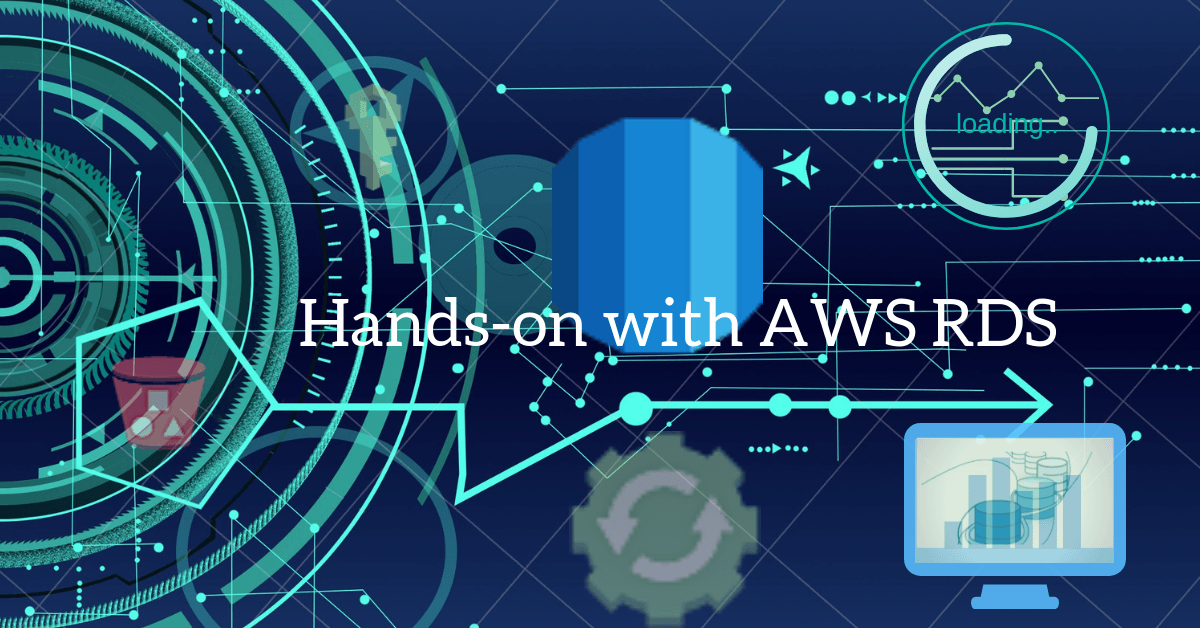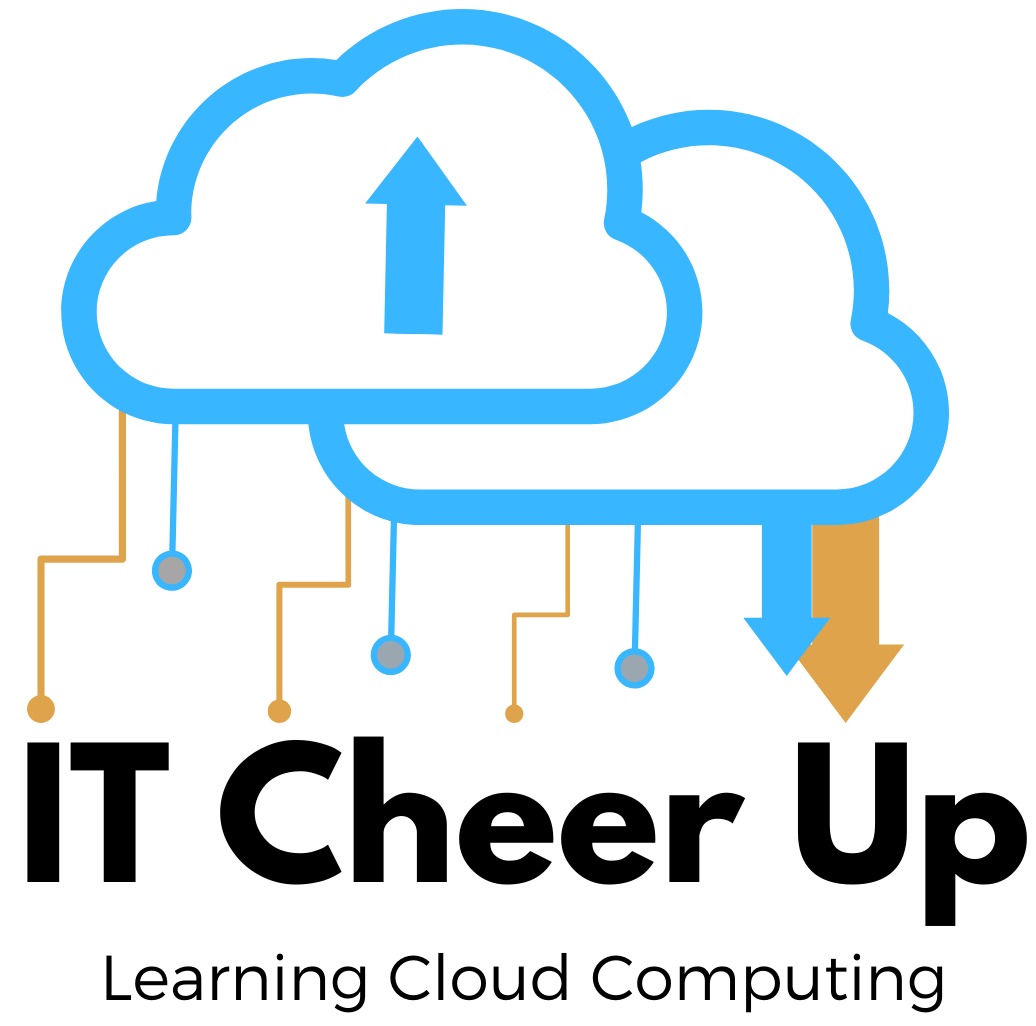AWS Relational Database Solution: Hands-on with AWS RDS
 I’m so happy to announce that my new course Hands-on with AWS RDS is published! The course Hands-on with AWS RDS is designed for anybody who wants to learn AWS Relational Database Solution RDS. There are many fun hands-on projects in this course. such as launching AWS RDS DB Instance, the web application with RDS database or Aurora serverless in VPC, Multi-AZ deployments for failover, monitoring performance and encryption on RDS. You will also learn the basic knowledge of other associated AWS services (e.g. S3, IAM, VPC, CloudWatch, and Trusted Advisor).
I’m so happy to announce that my new course Hands-on with AWS RDS is published! The course Hands-on with AWS RDS is designed for anybody who wants to learn AWS Relational Database Solution RDS. There are many fun hands-on projects in this course. such as launching AWS RDS DB Instance, the web application with RDS database or Aurora serverless in VPC, Multi-AZ deployments for failover, monitoring performance and encryption on RDS. You will also learn the basic knowledge of other associated AWS services (e.g. S3, IAM, VPC, CloudWatch, and Trusted Advisor).
Once you have completed this course, you should be able to deploy your relational database on AWS RDS, operate databases, maintain databases, and set up security on AWS RDS.
What is Relational Database?
A relational database is a digital database based on the relational model of data, as proposed by E. F. Codd in 1970. A software system used to maintain relational databases is a relational database management system (RDBMS). Virtually all relational database systems use SQL (Structured Query Language) for querying and maintaining the database.
A relational database is a collection of data items with pre-defined relationships between them. These items are organized as a set of tables with columns and rows. Tables are used to hold information about the objects to be represented in the database. The rows in the table represent a collection of related values of one object or entity. Each column in a table holds a certain kind of data and a field stores the actual value of an attribute. Each row in a table could be marked with a unique identifier called a primary key, and rows among multiple tables can be made related using foreign keys. This data can be accessed in many different ways without reorganizing the database tables themselves.
What is AWS RDS?
Here are the bullet points:
- Fully managed cloud relational database service
- Cost-efficient and resizable capacity
- Database management tasks
- Database engines: MySQL, MariaDB, Oracle, SQL Server, PostgreSQL, and Aurora
- Replication options
- Multi-AZ deployment for HA and failover
- Read Replicas to increase read scaling
- Security
- Shared responsibility model
If you need to learn the details, please enroll in my course.
Course Agenda
- AWS Databases Overview
- What is Relational Database?
- What is Non-Relational Database?
- The Purpose of AWS Databases
- Summary
- AWS RDS Overview
- What is RDS?
- Lab: Create Oracle Database
- Lab: Create MS SQL Database
- DB Instance Classes
- Storage Engines
- DB Instance Lifecycle
- Lab: Web Application with RDS Database
- Lab: RDS Multi-AZ for Failover
- Lab: RDS Read Replica
- Multi-AZ vs. Read Replica
- DB Instance Lifecycle
- Aurora
- What is Aurora?
- Lab: Web Application with Aurora Serverless
- Aurora Storage Engine
- RDS Management Tools
- Backup and Restore
- Monitoring Tools
- RDS Security
- Security Overview
- Encryption At Rest and Authentication
- Conclusion
Labs Overview
- Create Oracle Database
- Create MS SQL Database
- Web Application with RDS Database in VPC
- RDS Multi-AZ Failover
- RDS Read Replica
- Web Application with Aurora Serverless in VPC
- Point-in-Time Recovery
- Migrate Snapshot
- RDS Monitoring
- RDS Encryption and Authentication
- More…
Course Enrollment
Please check the course enrollment: Hands-on with AWS RDS






